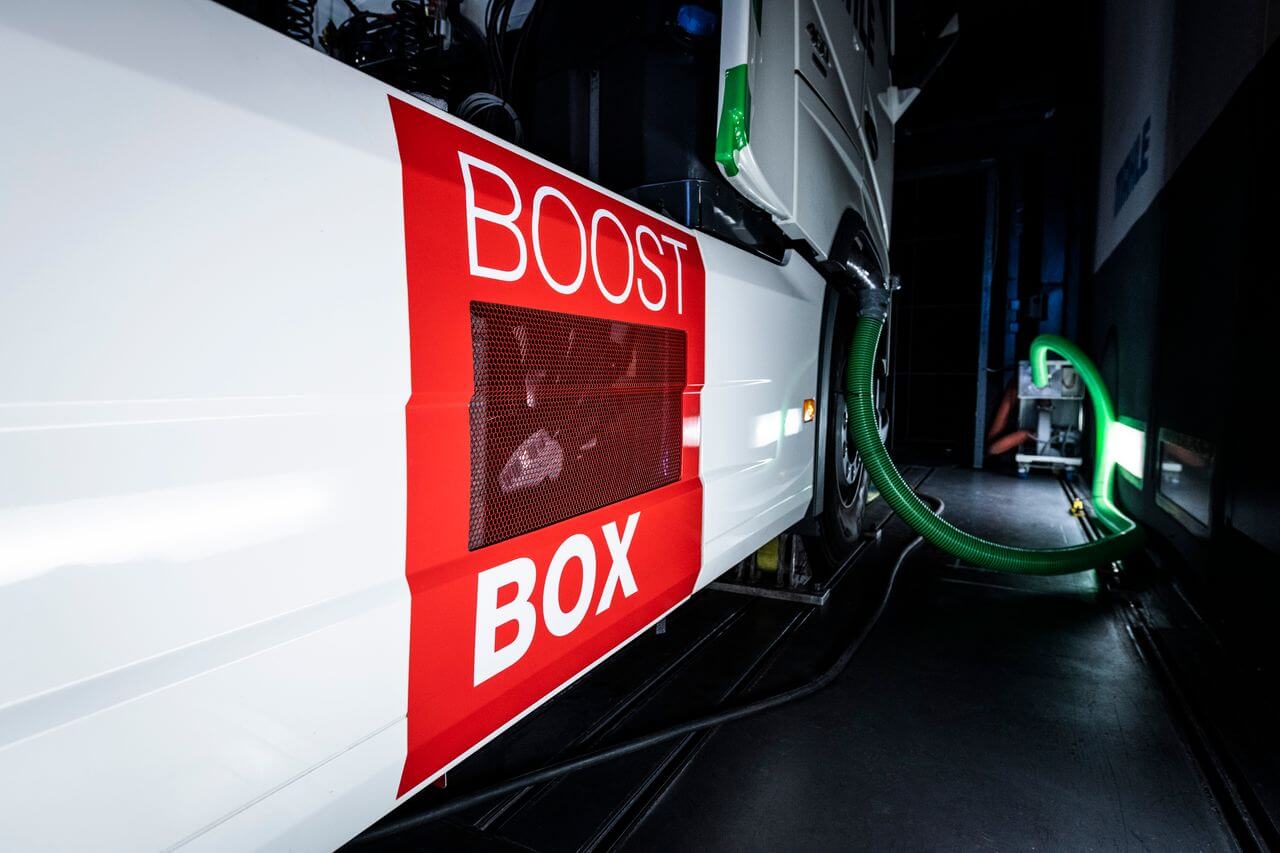
Don’t believe the hype about the death of diesel, says Richard Simpson; there’s at least another two generations of diesel drivelines under development, and they will be cleaner and more efficient than ever
Diesel is doomed. Or at least, that’s what you’d think if your knowledge of the subject was gleaned exclusively from newspaper headlines. And it’s true that, in the world of urban passenger transport, we are going to see an increasing number of vehicles powered by gas or battery. But the same does not apply to coaches. There is no capacity on a coach for the 12-tonne battery that would be needed for it to do an electrically-powered day’s work on the open road. And designing a coach that could accommodate enough methane without taking up all the luggage space would also be a bit of a challenge, to say nothing of the safety implications of perching 57 passengers on top of a magazine of gas tanks. […]
By subscribing you will benefit from:
- Operator & Supplier Profiles
- Face-to-Face Interviews
- Lastest News
- Test Drives and Reviews
- Legal Updates
- Route Focus
- Industry Insider Opinions
- Passenger Perspective
- Vehicle Launches
- and much more!


